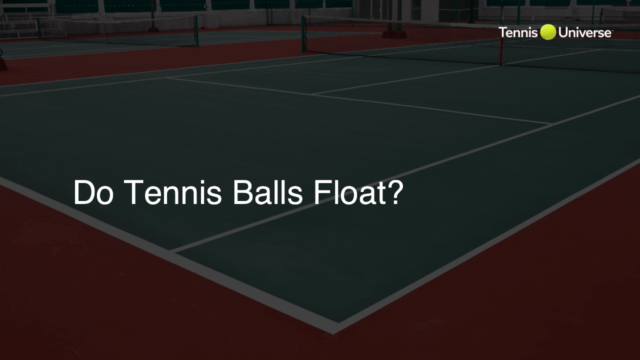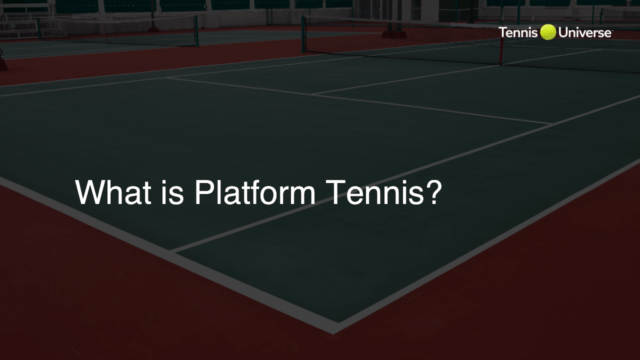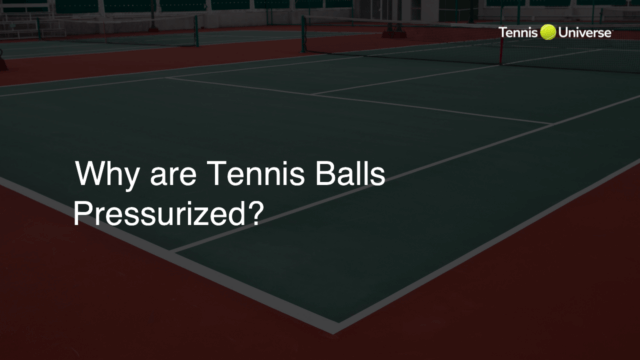A double fault in tennis occurs when a server fails to successfully deliver both the first and second serves within the service box during a single point, resulting in a point being awarded to the receiver.
Understanding Double Fault in Tennis
A double fault is a crucial aspect of tennis that often has a significant impact on the outcome of a match. To fully comprehend its importance, we need to explore the elements of a tennis serve and the factors that contribute to double fault occurrences.
Essential Components of a Tennis Serve
The serve is an integral part of the game, as it initiates each point and has the potential to give servers a considerable advantage. However, in tennis, a player is provided with two opportunities to execute a serve during a single point. The first opportunity is known as the ‘first serve,’ while the subsequent attempt is referred to as the ‘second serve’. If both attempts fail consecutively, it results in a double fault.
Tennis Racket and the Role It Plays
The right tennis racket can help players avoid double faults, as it contributes significantly to the overall accuracy and power of the serve. Factors such as racket head size, weight, balance, and string tension should be carefully considered while selecting a racket that complements your playing style and minimizes the chances of a double fault.
Causes and Implications of Double Faults
Double faults can be attributed to several factors, the most common being mishits, misjudgment of the service box, violation of foot faults, and external factors such as wind. Players must strive to minimize double faults, as they negate the server’s advantage and instantly award a point to the receiving player.
Strategies to Reduce Double Faults
To minimize the possibility of double faults, players can work on improving their serve techniques, focusing on consistency, precision, and placement. Developing a reliable second serve with moderate pace and higher spin, investing in skill training, and practicing mental relaxation techniques can significantly reduce the chances of double faults.
How to Handle Pressure and Minimize Double Faults
Managing pressure is an essential aspect of tennis, as nervousness and anxiety can lead to avoidable mistakes like double faults. Nerves can disrupt your natural serve motion and lead to poor technique. Implementing sports psychology techniques to maintain a strong mental game and incorporating various tennis tips to cope with stress can help prevent double faults and enhance consistency.
Avoiding Double Faults Through Practice
As the saying goes, “practice makes perfect.” The same principle applies to the tennis serve. Developing consistency in your serve requires dedicated practice and constant reinforcement of proper technique. Consider incorporating daily serving drills, tailored to your specific challenges, to build muscle memory and hone your skills. Focus on improving your toss, racket swing, and footwork to ensure a more fluid and precise service motion.
Analysis of Double Faults in Professional Tennis
Even professional tennis players, who have mastered their serve techniques, occasionally experience double faults. Studying match replays, analyzing statistics, and observing the way top players handle service pressure can provide invaluable tennis tips and insights to learn and implement in your game. Emulating their mental and physical composure can help you reduce double faults and enhance your overall performance on the court.
FAQ Section
Below, we’ve compiled a list of frequently asked questions addressing potential concerns and inquiries related to double faults in tennis and how to minimize their occurrence.
What is the primary cause of a double fault?
Double faults can be attributed to various factors, such as mishits, misjudgment of the service box, violation of foot faults, and external factors like wind. Anxiety and pressure during a match can also contribute to double faults.
How do professional tennis players reduce their double fault rates?
Professional players work on their serve consistency, precision, and placement. They develop a reliable second serve with moderate pace and higher spin, invest in specialized skill training, and practice mental relaxation techniques to reduce the chances of double faults.
What role does the tennis racket play in decreasing double faults?
A properly chosen tennis racket can significantly impact the accuracy and power of a serve, ultimately minimizing the chances of a double fault. Factors such as racket head size, weight, balance, and string tension should be considered while selecting a racket that suits your playing style.
How can I improve my serve to minimize the occurrence of double faults?
To reduce double faults, focus on serving drills tailored to your specific challenges, building muscle memory, and honing skills. Pay attention to improving your toss, racket swing, and footwork to ensure a more fluid and precise service motion.
Can a double fault be the result of nerves or pressure during a match?
Yes, nervousness and anxiety can lead to double faults, as they can disrupt a player’s natural serve motion and lead to poor technique. Implementing sports psychology techniques, maintaining a strong mental game, and incorporating various tennis tips can help cope with stress and prevent double faults.












